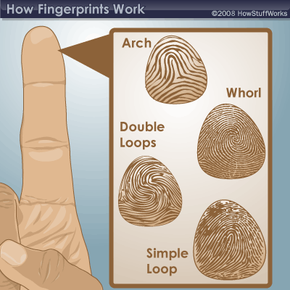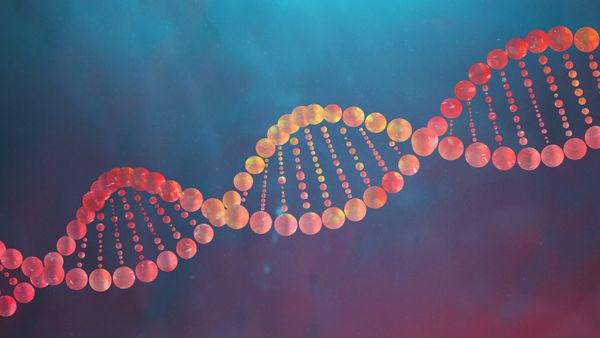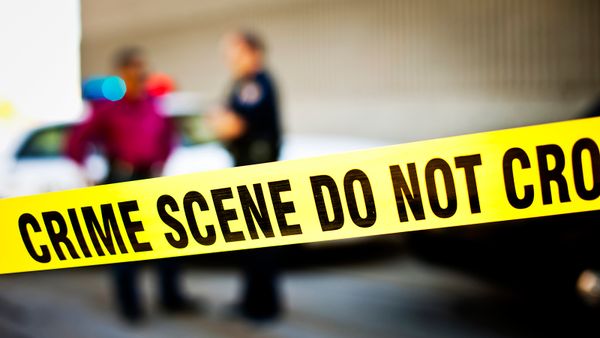What are fingerprints?
Fingerprints are the tiny ridges, whorls and valley patterns on the tip of each finger. They form from pressure on a baby's tiny, developing fingers in the womb. No two people have been found to have the same fingerprints -- they are totally unique. There's a one in 64 billion chance that your fingerprint will match up exactly with someone else's.
Fingerprints are even more unique than DNA, the genetic material in each of our cells. Although identical twins can share the same DNA -- or at least most of it -- they can't have the same fingerprints.
Advertisement
Fingerprinting is one form of biometrics, a science that uses people's physical characteristics to identify them. Fingerprints are ideal for this purpose because they're inexpensive to collect and analyze, and they never change, even as people age.
Although hands and feet have many ridged areas that could be used for identification, fingerprints became a popular form of biometrics because they are easy to classify and sort. They're also accessible.
Fingerprints are made of an arrangement of ridges, called friction ridges. Each ridge contains pores, which are attached to sweat glands under the skin. You leave fingerprints on glasses, tables and just about anything else you touch because of this sweat.
All of the ridges of fingerprints form patterns called loops, whorls or arches:
- Loops begin on one side of the finger, curve around or upward, and exit the other side. There are two types of loops: Radial loops slope toward the thumb, while ulnar loops slope toward the little finger.
- Whorls form a circular or spiral pattern.
- Arches slope upward and then down, like very narrow mountains.
Scientists look at the arrangement, shape, size and number of lines in these fingerprint patterns to distinguish one from another. They also analyze very tiny characteristics called minutiae, which can't be seen with the naked eye.
If fingerprints are so unique and subtle, how are they recorded accurately? In the next section, we'll learn about dactyloscopy, or the art of fingerprinting.


